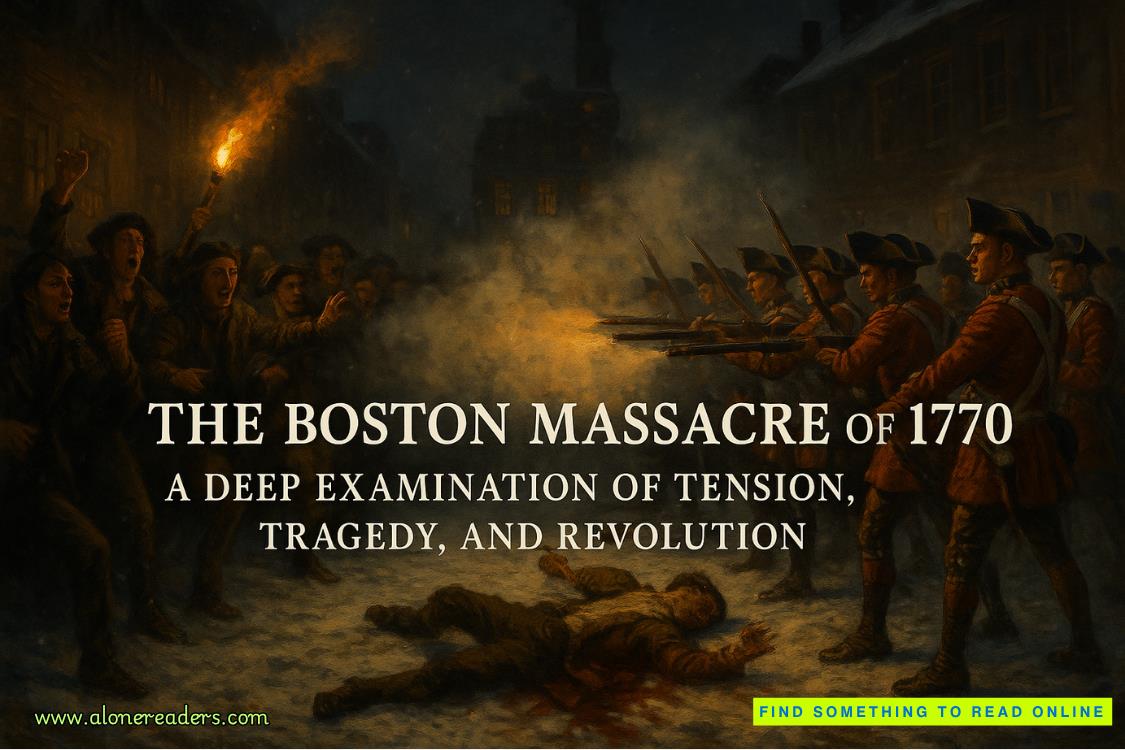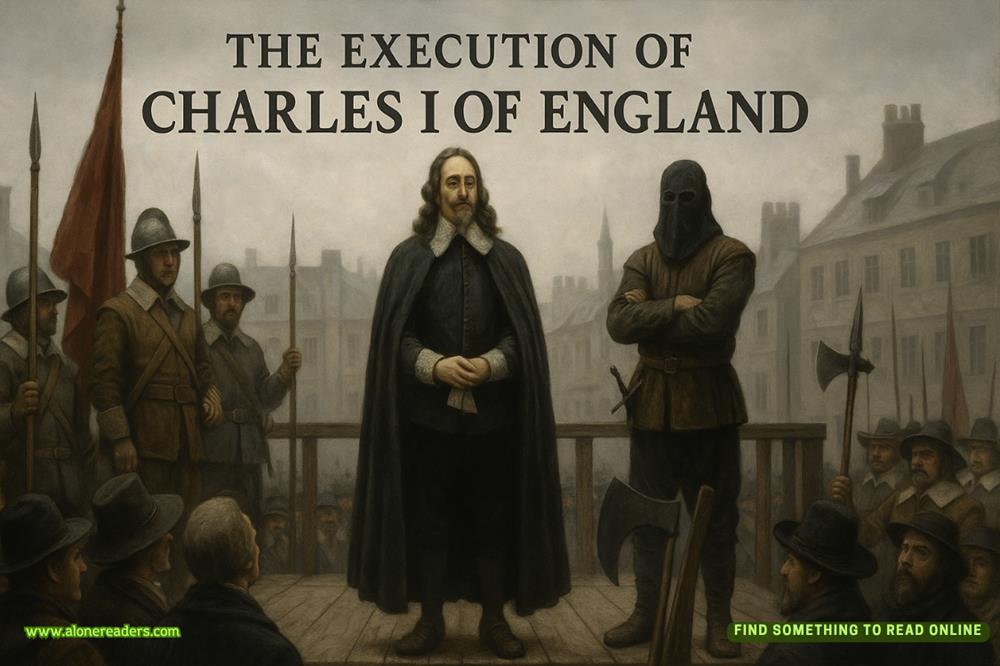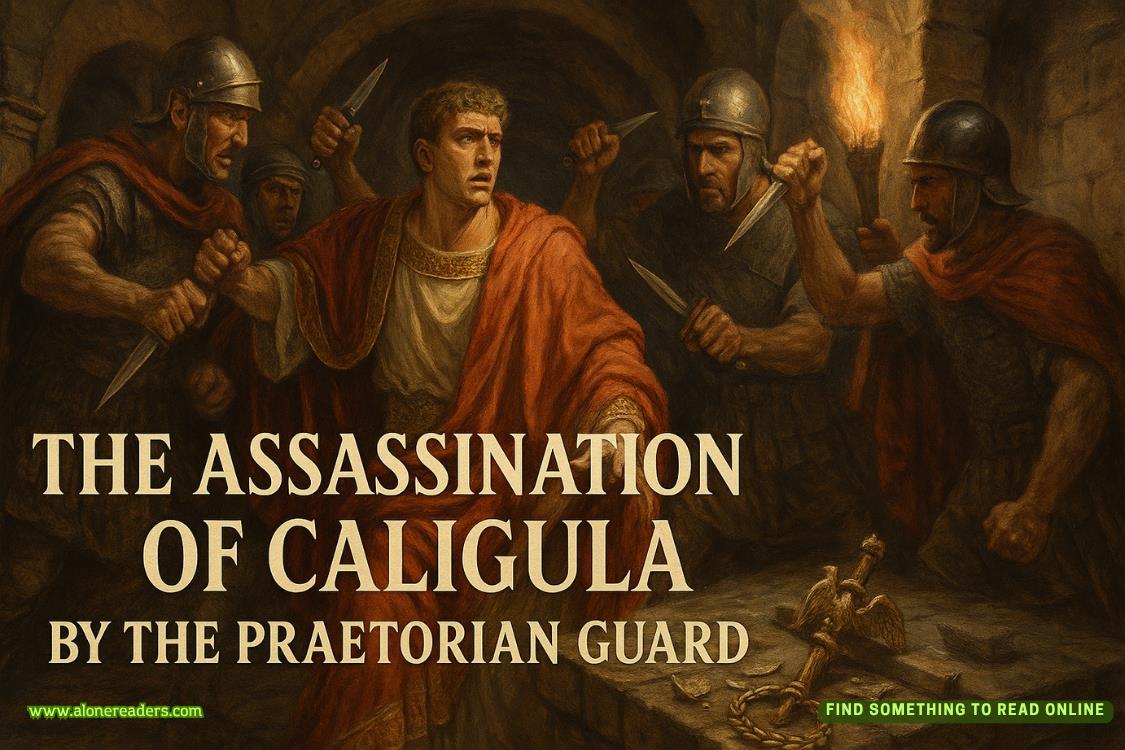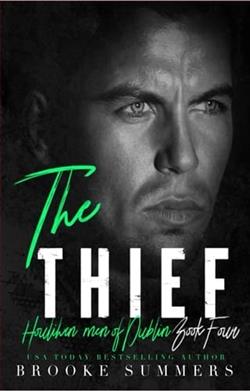Page 303 of Troubled Blood
“You think someone was lying in wait for Margot? Watching out from that phone box?”
Strike hesitated.
“Do me a favor and look up Fragile X syndrome?”
“OK… why?” said Robin, setting down her almonds and beginning to type.
“That phone box is at the end of the Athorns’ street.”
While Robin brought up the search results, Strike pulled the copy of Irene Hickson’s receipt toward him. It had the time 3:10 p.m. on it. Eating noodles, Strike was still looking at the slip of paper when Robin said, reading off her screen,
“‘First called Martin-Bell syndrome… the FMR1 gene on the X chromosome was sequenced in 1991’… Sorry, what exactly do you need?”
“What specific disabilities does it cause?”
“‘Social anxiety,’” said Robin, reading again, “‘lack of eye contact… challenges forming relationships… anxiety with unfamiliar situations and people… poor ability to recognize faces you’ve seen before,’ but ‘good long-term memory, good imitation skills and good visual learning.’ Men are more severely affected than women… good sense of humor, usually…‘can be creative, especially visually’…”
She looked around the computer monitor.
“Why d’you want to know all this?”
“Just thinking.”
“About Gwilherm?”
“Yeah,” said Strike. “Well, about the whole family.”
“He didn’t have Fragile X, though, did he?”
“No, I don’t know what Gwilherm’s problem was. Maybe just the Bennies.”
He didn’t smile as he said the name this time.
“Cormoran, what coincidences did you notice?”
Instead of answering, Strike pulled a couple of pages of police notes toward him and read through them again. Out of force of habit, Robin reached out for Talbot’s notebook, and turned to the first page. For a couple of minutes, there was silence in the office, and neither partner noticed any of the noises that were as familiar to them as their own breathing: the traffic rolling down Charing Cross Road, occasional shouts and snatches of music from Denmark Street below.
The very first page of Bill Talbot’s notebook began with untidy jottings of what Robin knew to be genuine evidence and observations. It was the most coherent part of the notes but the first pentagrams appeared at the very bottom of the page, as did the first astrological observation.
Robin re-read this final paragraph twice, frowning slightly. Then she set aside her bag of almonds to delve in the nearest box of police evidence. It took her five minutes to find the original police record of Ruby Elliot’s statement, and while she searched, Strike remained deeply immersed in his own portion of the notes.
I saw them beside a telephone box, two women sort of struggling together. The tall one in the raincoat was leaning on the short one, who was in a plastic rain hood. They both looked like women to me, but I didn’t see their faces. It looked to me like one was trying to make the other walk quicker.
Pulse now quickened, Robin set aside this piece of paper, got back onto her knees and began to search for the record of Ruby’s statement to Lawson, which took her another five minutes.
I saw them beside the two telephone boxes in Clerkenwell Green, two women struggling with each together. The tall one in the raincoat was trying to make the little one in the rain hood walk faster.
“Cormoran,” said Robin urgently.
Strike looked up.
“The heights are round the wrong way.”
“What?”
“In Ruby’s very first statement to Talbot,” Robin said, “she said, ‘I saw them beside a telephone box, two women sort of struggling together. The tall one in the raincoat was leaning on the short one, who was in a plastic rain hood. They both looked like women to me, but I didn’t see their faces. It looked to me like one was trying to make the other walk quicker.’”
“Right,” said Strike, frowning slightly.















